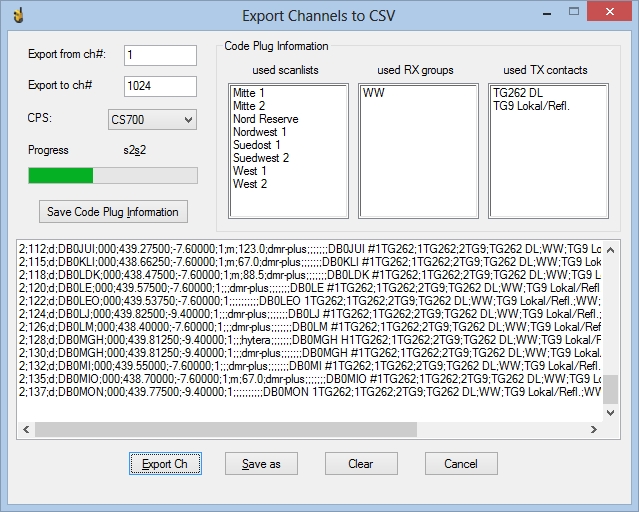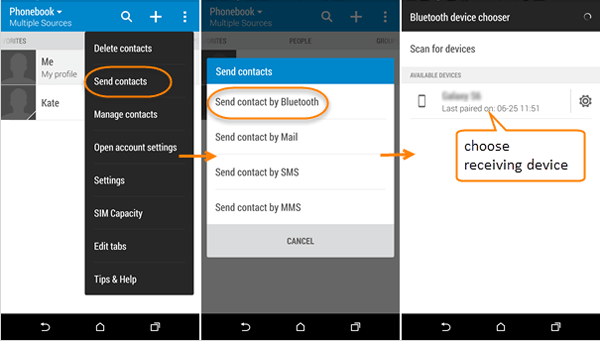
So, in case of C4FM, the output level is automatically set at twice the level previously found by MMDVMCal in DMR mode.
EXPORT CONTACTS FROM MOTOROLA CPS SOFTWARE SOFTWARE
Once the optimal TXLevel has been found and declared in MMDVM.ini, the Software automatically change the output level according to the modulation implemented. In order to understand the overflow, the FM deviation for each mode must be taken into account: The “DAC Overflow” issue: FM deviation in DMR/DSTAR/C4FM I wrote again to Graziano IZ5IGB and I asked him if he encountered the same problem, but he answered that he doesn’t use the C4FM, and in DMR was OK. I put TXLevel=80 in my MMDVM.ini file, and I run MMDVM in C4FM mode, but I noticed the warning message “ DAC has overflowed” when the Motorola was transmitting. I reached the Bessel Null (optimum modulation level) with TX trimmer at maximum output, and the Software output level at 80%. The TX trimmer was at half level at the beginning. With “t” and “T” I can adjust the TX level by Software. I run MMDVMCal with the Low Cost interface, then I pushed “D” (DMR deviation Mode) then “Space” (TX toggle). It’s possible to check the correct decoupling in this way:ġ) Put the radio in TX with the audio TX line not connectedģ) Run MMDVMCal and verify that the spectrum doesn’t move and the center frequency is the same of point 1) I put the capacitor inside the radio (see the following picture): I applied a 47uF electrolytic coupling capacitor to my interface (with the positive pole towards the radio) and the spectrum became stable! So, I noticed that the schematic reported in “MMVM for Dummies” was old, and the new version (1.4) has a decoupling capacitor on the trimmer cursor!įor the last interface schematic (rev. I wrote the first (of a long series!) email to Graziano IZ5IGB and he suggested to check the decoupling capacitor. I used the 1Kohm resistors and the injection point described in the last part of the article, but the first tests were very unsatisfying…įirst Tests Results: coupling capacitor issueįor the first tests I used the “low cost interface” by IZ5IGB described in the guide “MMVM for dummies” (see: )īefore transmitting, I run MMDVMCal and I immidiately noted a strange behaviour: The TX Spectrum moved up and down varying the TX Level (see the following video ) I received the radio and applied the modification of the article. The GM350 cost about half the price of a GM340, so I quickly bought one from ebay. So I started to find an alternative radio, and I cathed this article:


I used it for my packet node for ten years, but the 70cm section was not working, so I did some C4FM tests on 2m with very good results! I used MMVM with “low cost” interface by IZ5IGB and it was very easy to tune the levels and do the first tests.Īs I wrote before, I have an APRS digi running at 144.800, so I must move my MMDVM repeater to 70cm, so I started to search on the internet.Īfter some search, I realized that the most favourite radios are the Motorola GM340, but it’s difficult to find the UHF version, and the prices are quite high for my budget. I’ll use the same antenna (X-300, collinear) with a V/U duplexer.įor the first experiments, I used an old Alinco ALD-24E, modified for 9k6 packet radio. I want to run my repeater together with my VHF APRS Digi/I-Gate, so I necessarly have to use 70cm band for C4FM. Moreover, I don’t like the “plug&play” solutions 🙂 Which are the expectations of this project?įunny and low cost compared to a commercial Yaesu repeater. In my province, actually there are not nodes yet, but I know there are OMs with C4FM radios which are waiting for nodes!

In my region there are a lot of DMR repeaters and users, but only few C4FM nodes. Why did I decide to build a C4FM repeater?īecause I bought a used Yaesu FT2-D and I want to use it! I’m passionates of digital modulations and I wanted to play with this new mode. I spent a lot of time to fix the problems, and I wish that this article could be useful to the MMDVM community. Dear OMs and passionates, I’m going to write something about my last month of experiments with MMDVM in C4FM.


 0 kommentar(er)
0 kommentar(er)
